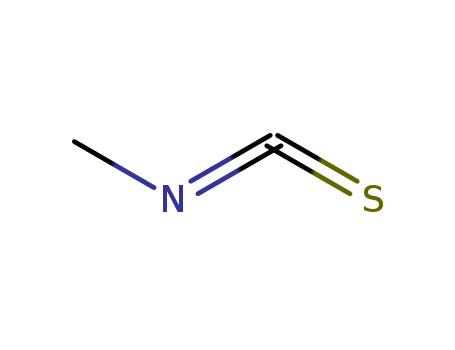10.1039/c2dt30448a
The research focuses on the utilization of a bifunctional frustrated Lewis pair (FLP), specifically 1-[bis(pentafluorophenyl)boryl]-3,5-di-tert-butyl-1H-pyrazole (1), for the fixation of carbon dioxide (CO2) and related small molecules. The study explores the reactivity of this FLP with CO2, paraformaldehyde, tert-butyl isocyanate, tert-butyl isothiocyanate, methyl isothiocyanate, benzonitrile, and phenylacetylene, resulting in the formation of zwitterionic, bicyclic boraheterocycles (adducts 3–8) and other complexes (adducts 9 and 10). The experiments involved treating the FLP with these reactants in toluene solutions, followed by stirring, solvent evaporation, and in some cases, washing with pentane to isolate the products. The molecular structures of the products were established using X-ray diffraction analyses, and Density Functional Theory (DFT) calculations at the M06-2X/6-311++G(d,p) level of theory were performed to understand the energetics of the CO2 fixation process. The analyses included NMR (1H, 13C, 11B, and 19F), IR spectroscopy, and elemental analysis to characterize the products and confirm the fixation of the small molecules.



 T,
T, N
N


